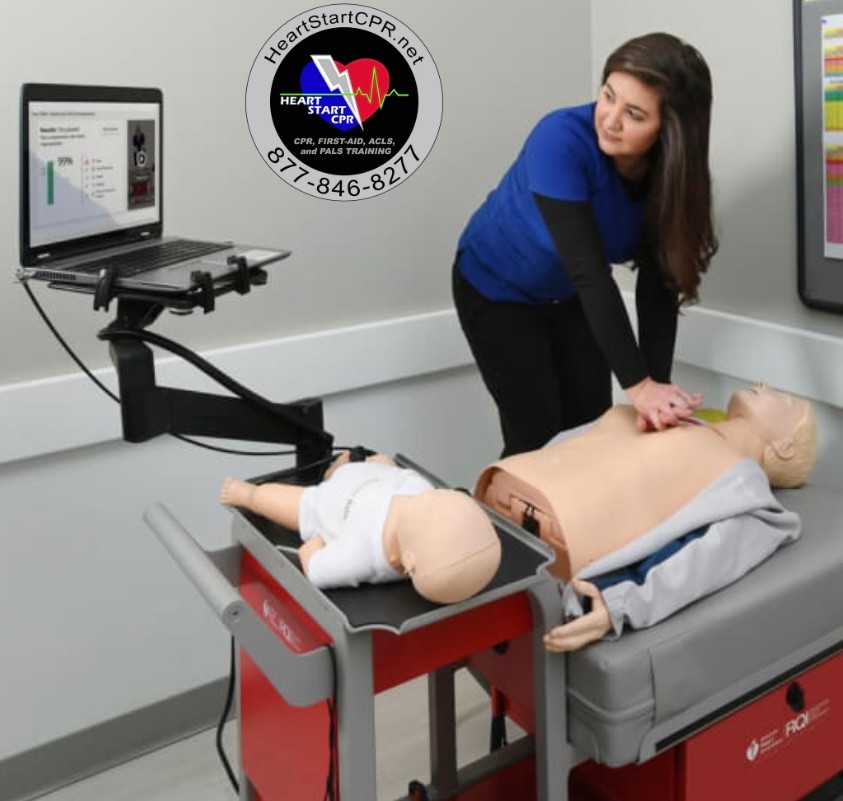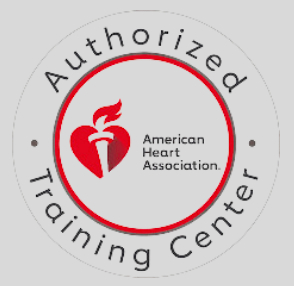AED stands for Automated External Defibrillator. It is a portable medical device that analyzes the heart’s rhythm and delivers an electric shock to victims of ventricular fibrillation to restart a normal rhythm.
Ventricular fibrillation is a serious cardiac arrhythmia where the heart’s lower chambers (ventricles) contract in an uncoordinated manner. This condition is life-threatening and requires immediate medical response.
How to use an AED
- Turn on the AED
- Remove all clothing from the victim’s chest area.
- Attach the electrode pads on the patient’s bare chest
- If a shock is advised, press the Shock button.
- Perform CPR until emergency medical services arrive.
AED Pads Placement
- Remove any clothing from the child’s chest.
- Peel one pad from the paper backing and place it on the center of the chest, just below the collarbone.
- Peel the second pad and place it on the child’s back, between the shoulder blades.
- Press firmly on both pads to ensure good contact with the skin.
- Connect the pads cable to the AED and follow voice prompts.
Shock Power
- For Infants Infants and children: around 50-75 joules.
- For Adults: 150-360 joules


